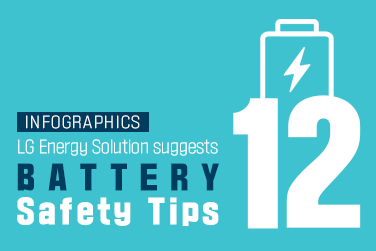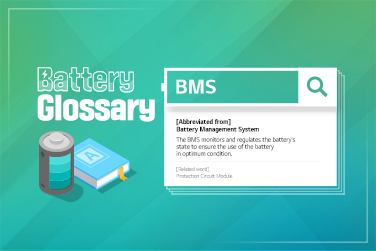Many are curious about whether you should charge your smartphone or laptop often by a little bit or wait until they are completely discharged. You can get the answer if you learn about what we will discuss today: DoD.
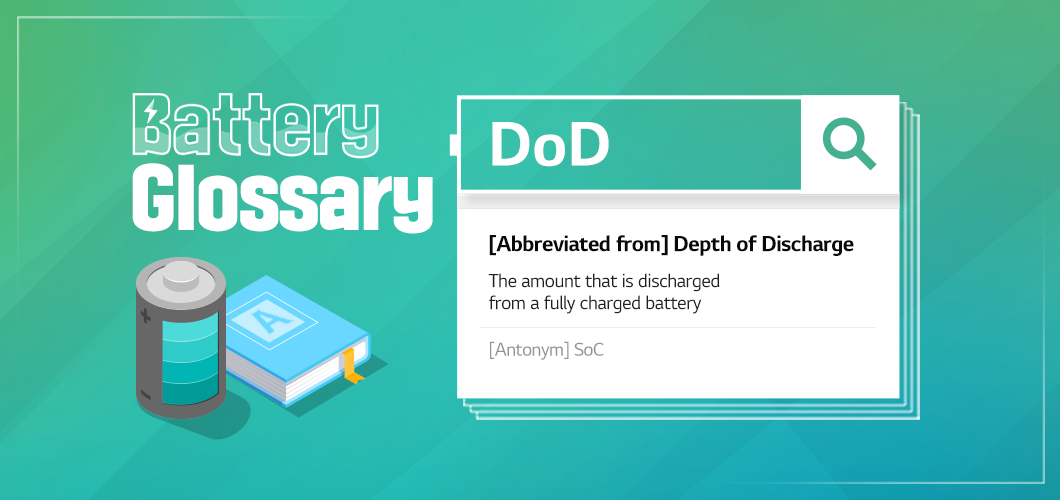
What is DoD?
Short for Depth of Discharge, DoD indicates the state of discharge of batteries. It refers to how much a battery is discharged as a percentage from its fully charged state. The inverse is State of Charge (SoC), the parameter that shows how much it is charged.
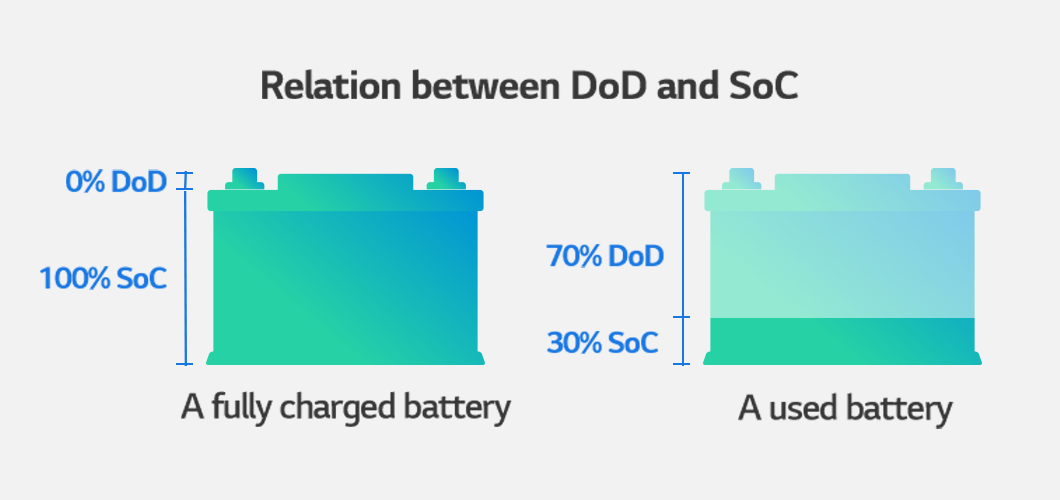
For example, a battery with a 100 % DoD has a 0 % SoC, or the amount it is charged. If the battery’s DoD is 30 %, its remaining capacity is 70 %.
Which is Better, Charging Often or Overnight?
The answer lies in the DoD. The graph on the relation between DoD and battery cycle counts demonstrates that the lower DoD is, the higher battery cycle count goes.
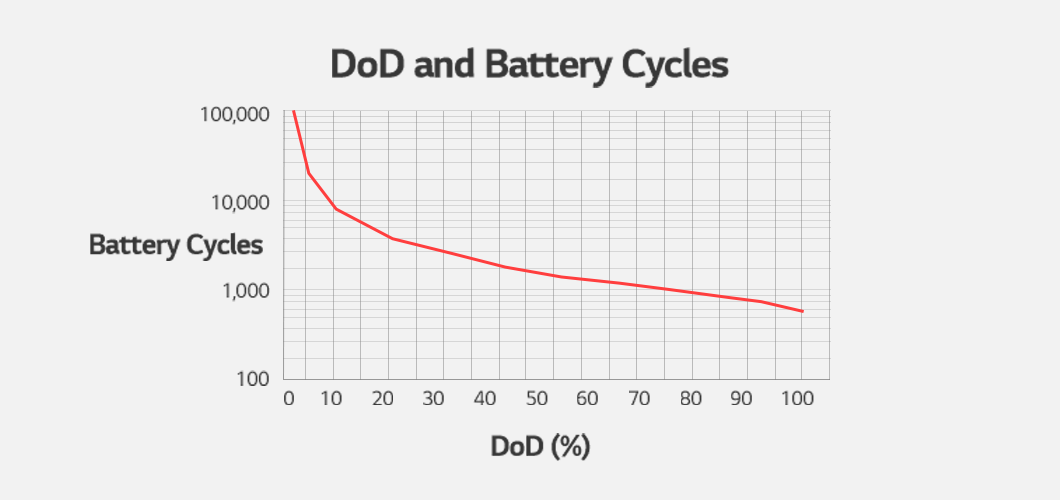
That is to say, charging frequently when the battery capacity dwindles is better than charging when it is fully discharged for a longer battery life.

DoD and SoC
Although DoD and SoC have contrasting meanings, they share the same role of representing the state of lithium-ion batteries. Having learned about the two indicators, you can now use your batteries for longer.
